As promised, I shall be sharing in this post how I calculate the Return-On-Investment or ROI that I could get for a property. To better illustrate the computation, we will use an actual example which I earlier introduced in Pre-auction bids – Another lesson learned.
For this example, I shall be using the buy-and-hold strategy as the property shall only be rented out. I personally favor properties that are profitable as rental properties because this strategy is actually the last resort in case a property takes too long to sell.
Assumptions
Here are the assumptions we shall be using: A small condo unit with an area of 22sqm is being sold for only Php14,000/sqm or about Php308,000. According to the bank agent, rentals of studio units in this area of Makati are between P8,000 to P10,000 per month. For this example let’s use the more conservative estimate of P8,000 per month or P96,000 per year.
If I decide to hire a property manager, property management costs would be around P1,000 per month or P12,000 a year.
Let’s also build a maintenance reserve fund at P1,000 a month or P12,000 a year.
For rental properties, never assume that a property will always be tenanted 100% of the time so for this example, I shall be using a conservative assumption of 1 month of vacancy per year.
Real Property Taxes are estimated to be around P9,000 per year.
Lastly, property insurance would be around P1,000 per year.
As I have mentioned in Five Things to Consider when Buying Foreclosures, Capital Gains Tax and Documentary Stamps Tax (DST) should also be considered as these are very significant just in case these are for the account of the buyer. For this example, CGT and DST are for the account of the seller so there is no need to include them.
Scenario 1: I shall pay in cash
The Annual Net Income would be as follows:
Annual Rental Income——-P 96,000.00
1 Month vacancy—————–(8000.00)
Property management——-(12,000.00)
Maintenance reserve———(12,000.00)
Real Property Tax—————(9,000.00)
Insurance————————-(1,000.00)
___________________________________
Annual Net Income————P54,000.00
This Annual Net Income is also equal to the annual passive income.
As mentioned in the book “Think Rich Pinoy!” by Larry Gamboa, you calculate the cash-on-cash ROI by dividing the annual passive income by the money you have out at the end of the first year or the Total Cash Invested which is equal to the selling price of P308,000 as I decided to pay in cash for this example.
ROI = Net Income / Total Cash Invested x 100%
= 54,000/308,000 x 100%
= 17.53%
With a projected ROI of around 17.53% per year, this sounds good! But what if I decided to use leverage and pay in installments?
Scenario 2: Use leverage and pay through bank financing
If I paid through bank financing, my 10% down payment would only be P30,800 which results in a balance of P277,200 . With a bank loan at 11% interest per annum and a loan term of 10 years, the monthly amortizations would be Php3,318.43 or Php39,821.16 per year. You can use a mortgage calculator which can be found here to get the monthly amortizations.
The Annual Net Income would then be as follows:
Annual Rental Income——P96,000.00
Annual Amortizations——–(39,821.16)
1 Month vacancy—————(8,000.00)
Property management——(12,000.00)
Maintenance reserve——–(12,000.00)
Real Property Tax————-(9,000.00)
Insurance———————–(1,000.00)
__________________________________
Annual Net Income———-P14,179.00
For this case, the Total Cash invested is only the 10% Down payment which is P30,800
ROI = Annual Net Income/Total Cash Invested x 100%
= 14,179/30,800 x 100%
= 46.04%
While the Annual Net Income amount when using leverage maybe small compared to the Annual Net Income amount when paying in cash, in terms of ROI, it looks a lot better at 46.04%. This means for each peso invested when using leverage, earnings are higher as compared to paying in cash.
I would like to emphasize that the initial investment was a mere P30,800 only, which is the 10% down payment! This illustrates the power of leverage. For this particular example, the property appears to be a good investment as a rental property.
If you find the computations to be intimidating, don’t be! You can always use an excel sheet and this can be done in a few minutes. In fact, you can download a sample excel file here. Just plug in your own numbers and feel free to play around with it.
As you can see, the numbers really show if a property is a good buy or not and is a much more objective means of comparing it with other investment alternatives like stocks, bonds, mutual funds, certificate of deposits, etc.
You can also use this to validate claims of some sellers/developers that their properties are good investments because of a high ROI. Take a look at their computations and make sure that factors like taxes, property management costs, and other expenses are considered.
In my next series of posts, I’ll show you how the numbers would look like using the other common investment strategies like rent-to-own, rehabbing, and wholesaling. I’m quite sure many of you will be surprised. So don’t forget to subscribe to my mailing list so you won’t miss them.
P.S. I’ll also be discussing CWT in the next posts with the help of my wife. This was requested by Betty. Sorry I wasn’t able to include it here as my wife wants to review BIR’s revenue regulations first just to be sure we’ll have an accurate example.
*Update – Some of you might be asking how about repairs and marketing costs? For this example, I did not include these as the unit was in pretty good shape and marketing can be done using the free services of sulit.com.ph and buyandsellph.com



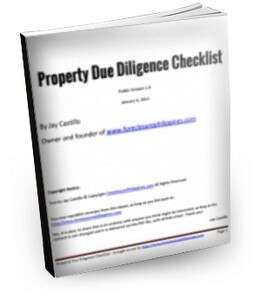
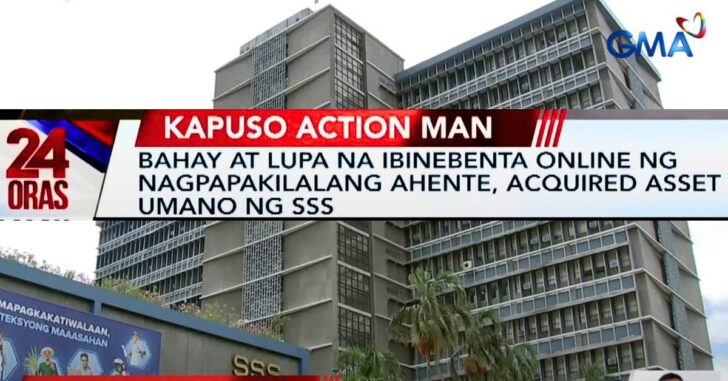
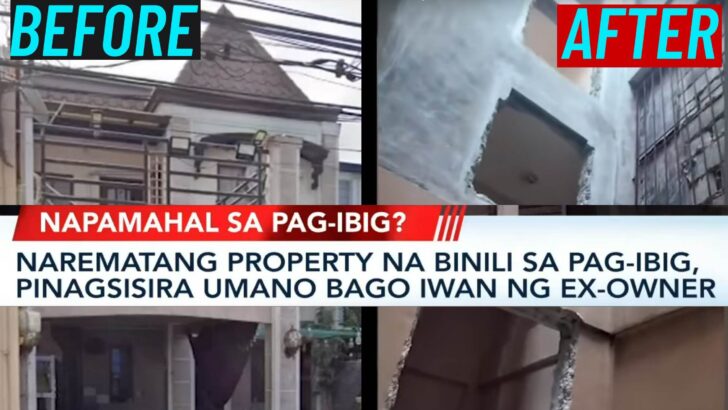
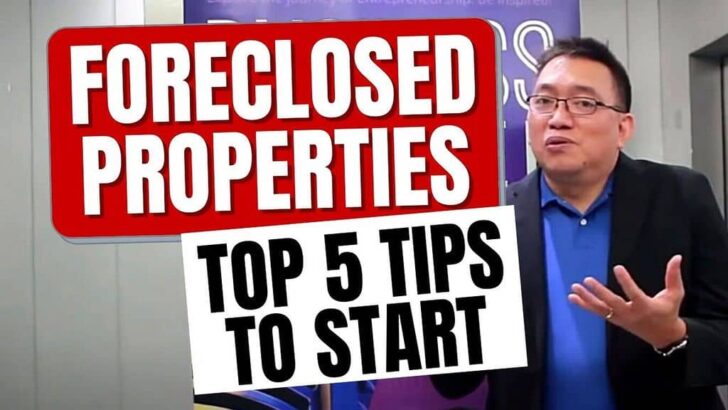
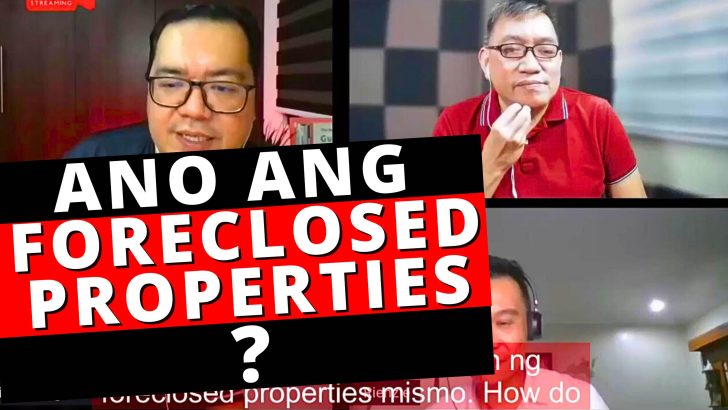
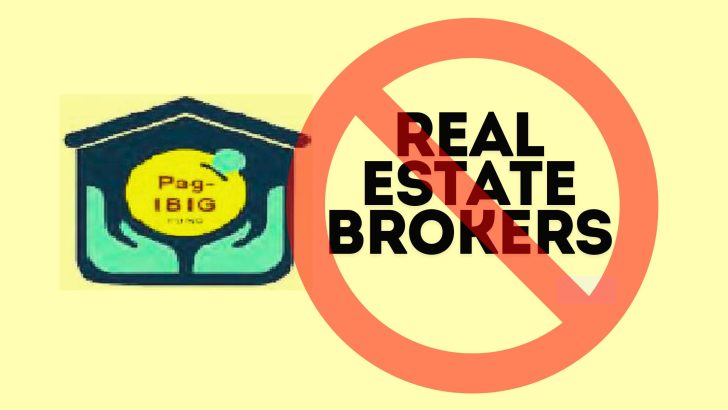
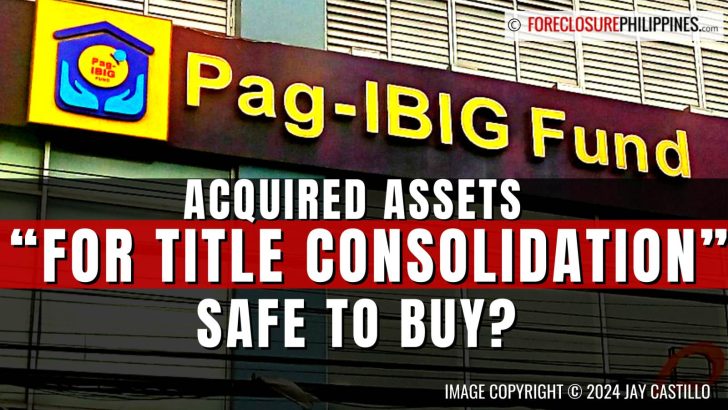
Pingback: 4 Steps To Quickly Analyze And Short-list Foreclosed Properties
Pingback: Are Foreclosed Properties Good Deals?
Pingback: To all OFW's: Need To Earn Passive Income And Come Back Home For Good? Try Foreclosed Property Investing!
I hope you can also come out with a blog that will mention the following:
– if i invest in real estate(condo) RFO, and i pay 20%, and balance of 80 % is done through bank financing 5.5 percent per anum, 15 years) ,Meaning, i am still earning a good deposit rate on the 80 percent,therefore this will further increase the potential of the property bought through bank financing a better investment decision as compared to paying in cash
Example: i bought an RFO 3.0m Php condo 33 sqm in Makati. I paid 20% (600,000 Php) the balance of 80 percent will be bank finance. Therefore, my 2.4m Php is earning interest of 3% in a time deposit in a bank, i get to rent out the property for a year and it gives me a gross rate of 25,000 php a month and i am paying the bank a monthly amort of around 22,000 Php
So at the end of the day, my condo comes out to be self liquidating (for a year), and at the same time, i still get to earn a good deposit interest. Even if i have a little negative cash flow on the condo due to other expenses such as taxes, and furnishings, assoc dues, at the end of the day i have an asset in makati city’s cbd
Anyway, your blog is very good. I just hope you can write or come up with an article about investing in a property thru bank financing and its advantage because a percentage of the payment would still be earning a good deposit rate in a bank.
Hi, Good Day to you, I’m searching every where kung paano magkaroon ng financial freedom. Seaman po ako at 12 years napong pabalik balik sa barko pero ganon pa rin walang nagbabago kundi ang edad lang. Marami napo akong negosyong napasukan pero walang nagtatagal. Sayang lang po yung puhunan ko po. I’m reading your illustration and Im interested in doing this. Thank you and I’m reading more so that next time I will invest my hard earned money in the right track….
Hi Jay, thanks sa example mo paano pag-compute ng ROI. I’m looking for one para sa Condo and this post is excellent. Maraming salamat at nakakatulong talaga ito.
mr.jay
can you send me a list of houses that are already foreclosed at kapayapaan ville laguna? can you help me?Im too tired of renting a house.
hello po.. What particular bank po ba ang nasa example po ninyo sa:
Scenario 2: Use leverage and pay through bank financing
(bank loan)
Hi Kathlyn, this was based on my loan application with GE Money Bank that got approved back then (for another bank foreclosed property). Please take note that this was more than 2 years ago, so expect interest rates to have changed already. There are still banks that offer a minimum of only 10% downpayment when buying foreclosed properties. For example: UnionBank, although their current interest rates are fixed at 13% for the first 3 years and 15% for the next 12 years.
Good Job Sir Jay! Ang galing naman po. Sir may i have a question. Yung bahay po namin which is 300 sqm lot at bungalo type sya at foreclosed na sa isang bank. Around 1,3M last yr and huling amount nasabi sa akin ng bangko. Tapos po sir i have a lot sa isang subdivision which is only 95 sqm and plano ko sa near future na tatayuan sana ng bldg para gawing apartment 2-storey.And siguro ang budget ko lamang all in all 1.5M.Medyo pinag-iisipan ko po KUNG alin ang mas bigyan ko ng pansin yung bahay namin na pagmamay-ari na ng bank or mgpapatayo ng isang apartment? I know magkaiba sya kung apartment is for business yun at kung tutubusin ko ang bahay namin sa bank ay bahay lang sya talaga.So, alin po sir sa tingin ninyo mas dapat kong unahin? Sana po makapagbigay kayo sa akin ng payo. Salamat sir jay.
Pingback: Real Estate Acronyms every new real estate investor should know
Another excellent post! I’ll be bookmarking this page and will be posting a link on my website. Thanks sir!
Thanks Jay for taking time to answer my questions…. Here’s a link to my follow-up questions…. Again, I hope you don’t mind…
Entre-Pinoy-rial Spirit: How to Easily Calculate The Return-on-Investment (ROI) for Rental Properties
Here’s my impression on the above article.. . Entre-Pinoy-rial Spirit: How to Easily Calculate The Return-on-Investment (ROI) for Rental Properties
Hi JM, thanks for the kind words and questions. I have posted my answers in your comments section.
By the way, you might want to checkout this post about ROI: https://www.foreclosurephilippines.com/2010/03/how-to-turn-listings-of-foreclosed-properties-into-opportunity-card.html
Hi Jay,
I personally heard your testimonial on internet marketing during the Feb 12-13 workshop of Jomar Hilario. I made it a point to list down your name so I could visit your site.
Browsing thru your site, I found your materials very informative and very encouraging. I used to have a not so good impression and liking on real estate investing…for me it was something so technical and very hard to understand…until i read your articles… (some of them as I just started reading your blog last wed).
Just like Jomar, you are very generous in sharing your materials….I have one major question though in the above article. But wait….let me apply what I have learned from Jomar by creating a link to my site…I hope you don’t mind…HERE’S THE LINK..
http://entre-pinoy-rialspirit.blogspot.com/2010/03/how-to-easily-calculate-return-on.html
.-= JM Mendoza´s last blog ..Top 8 Reasons Why Small Businesses Fail =-.
Pingback: Reader Q and A #1: How can I apply for a loan and thus finance my first deal?
Hi Jay,
Looking forward to your post on how to calculate updated real property taxes. Thanks!
Hi karlo, yes I will be making a post on this soon. I have onjust attended a seminar that helped refresh myself on how real property taxes are computed. Take note however that one variable which is the assessed value is always taken from the assessor’s office where the property is located. As to how they arrive at that amount, I can only speculate. Maybe when the Property Valuation Law is approved this will change. Thanks for visiting!
Hi Sir Jay,
Thank you for sharing your knowledge to us… it is indeed very helpful.
More power to you and to your wife.
Helen
Pingback: RCBC Amazing Buys Bank Owned Properties For Sale From Visayas And Mindanao
Pingback: Find Your Dream Buys In The RCBC Dream Buys Auction On May 23, 2009